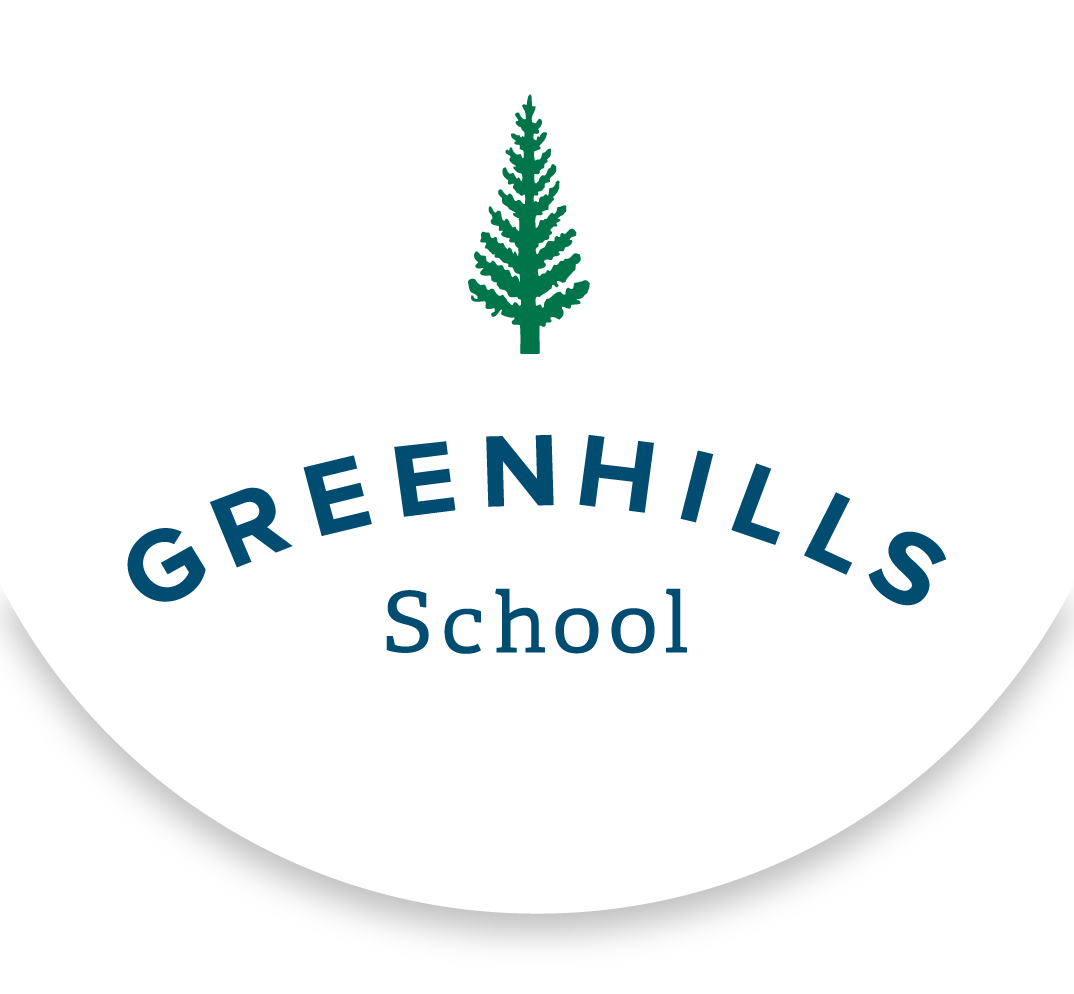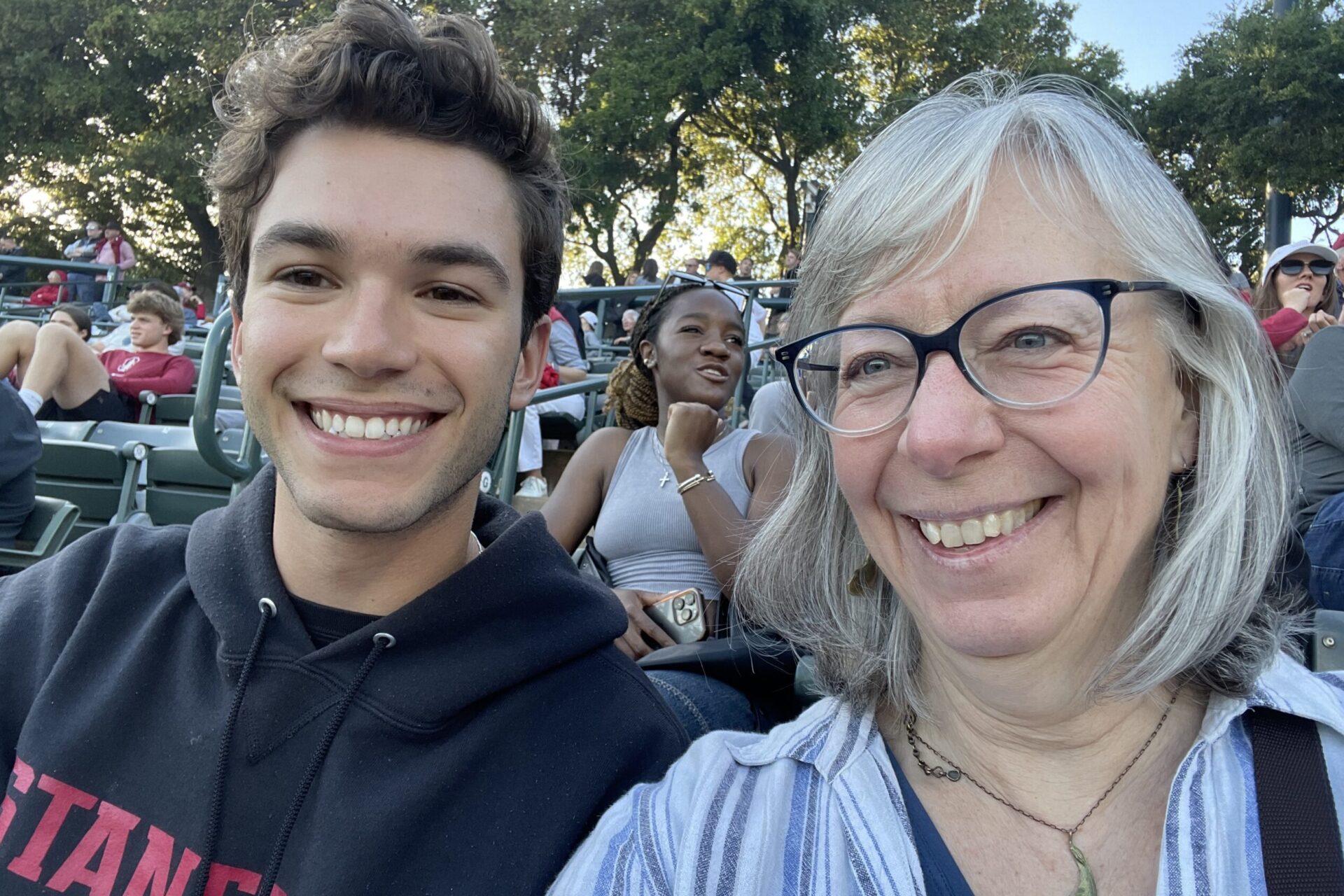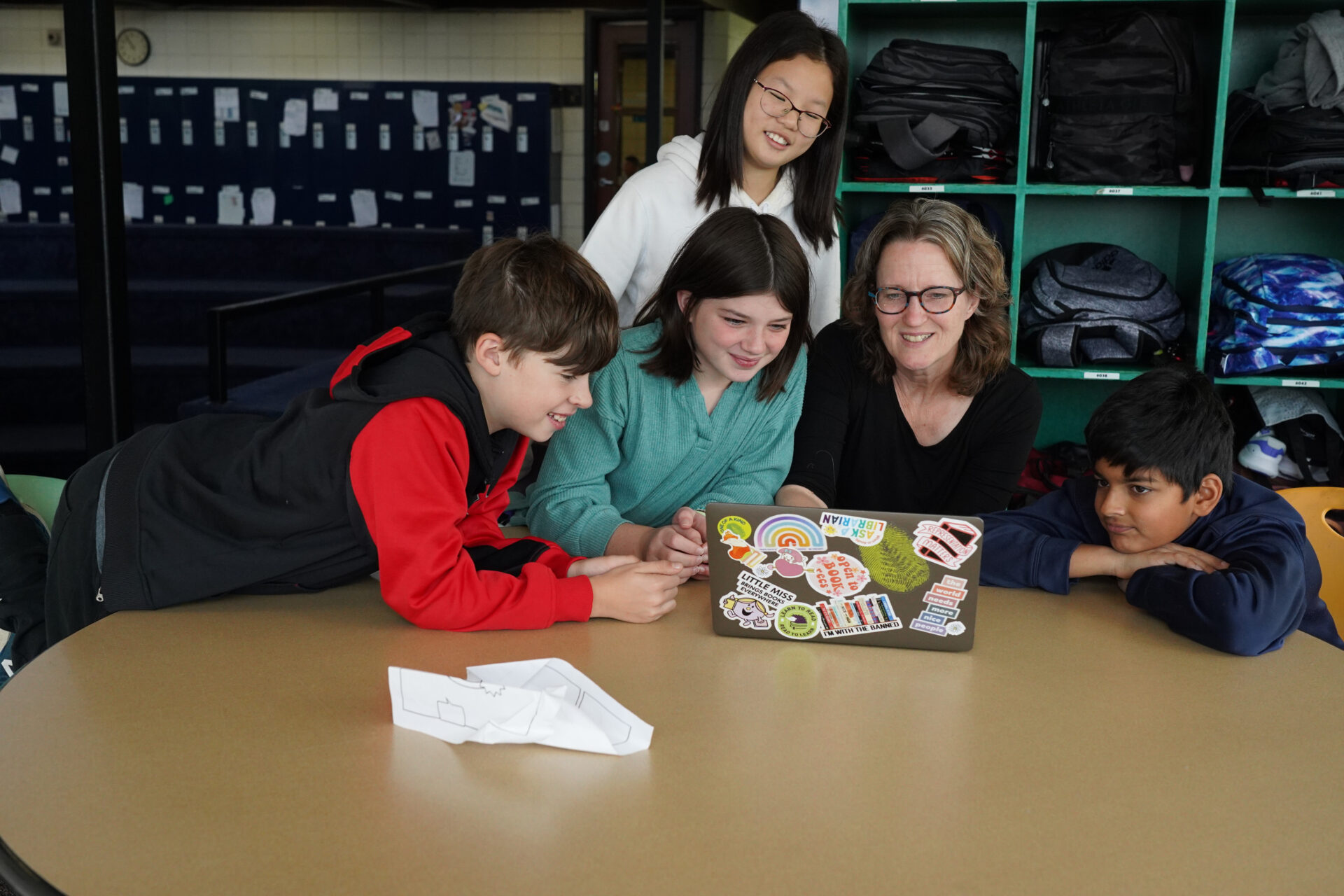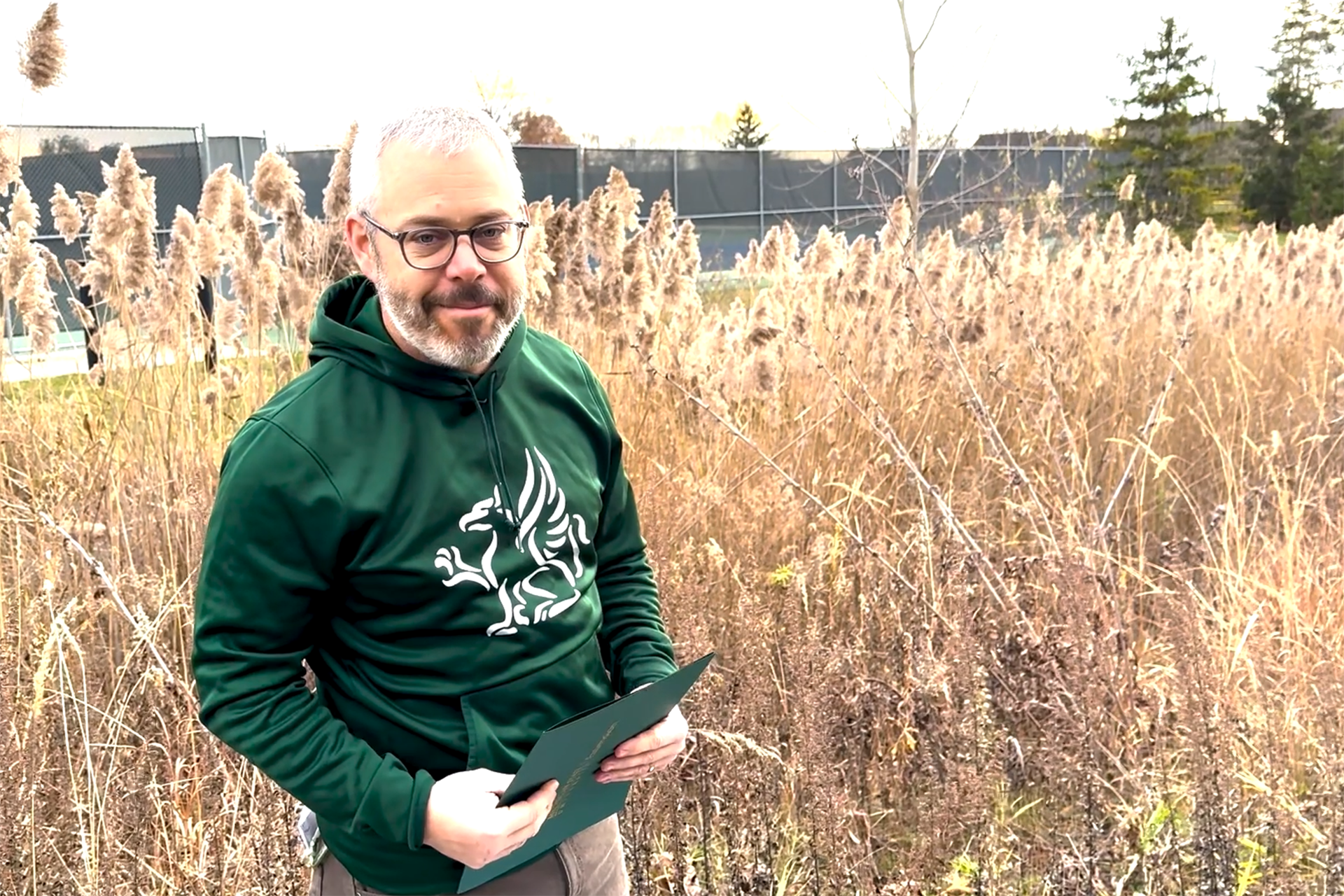New Strategies Help Students Develop Deep Mathematical Thinking
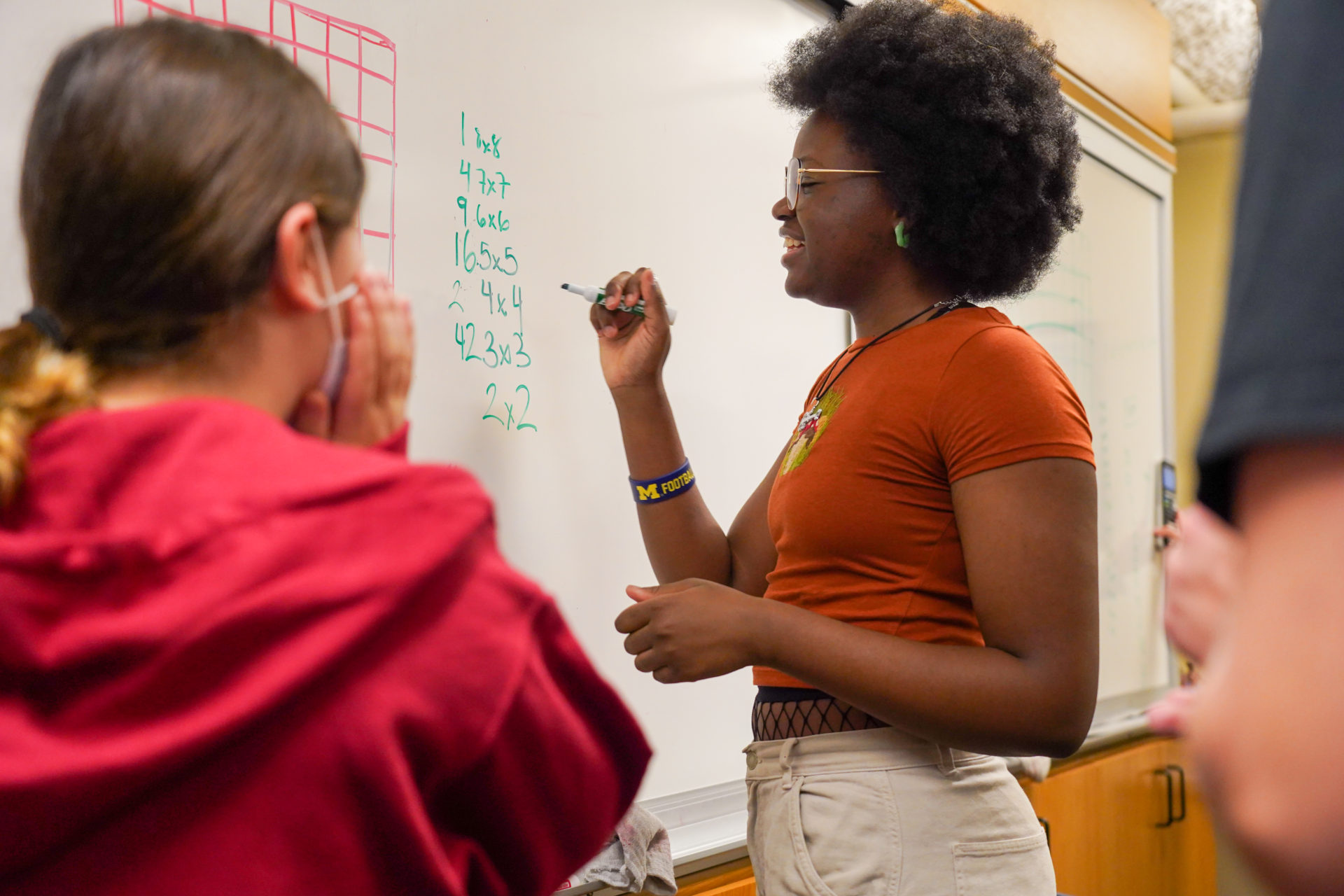
By Susan Beamish, Mathematics and Computer Science Department Chair and Teacher
Based on the research and practices in Peter Liljedhal’s book Building Thinking Classrooms in Mathematics, several Greenhills math teachers are bringing new strategies to their own classrooms. When you walk by these classrooms, you’ll see students engaging with open-ended “thinking tasks” in small groups while standing at the whiteboards around the room. Liljedahl’s research identified several practices which promote student thinking and engagement.
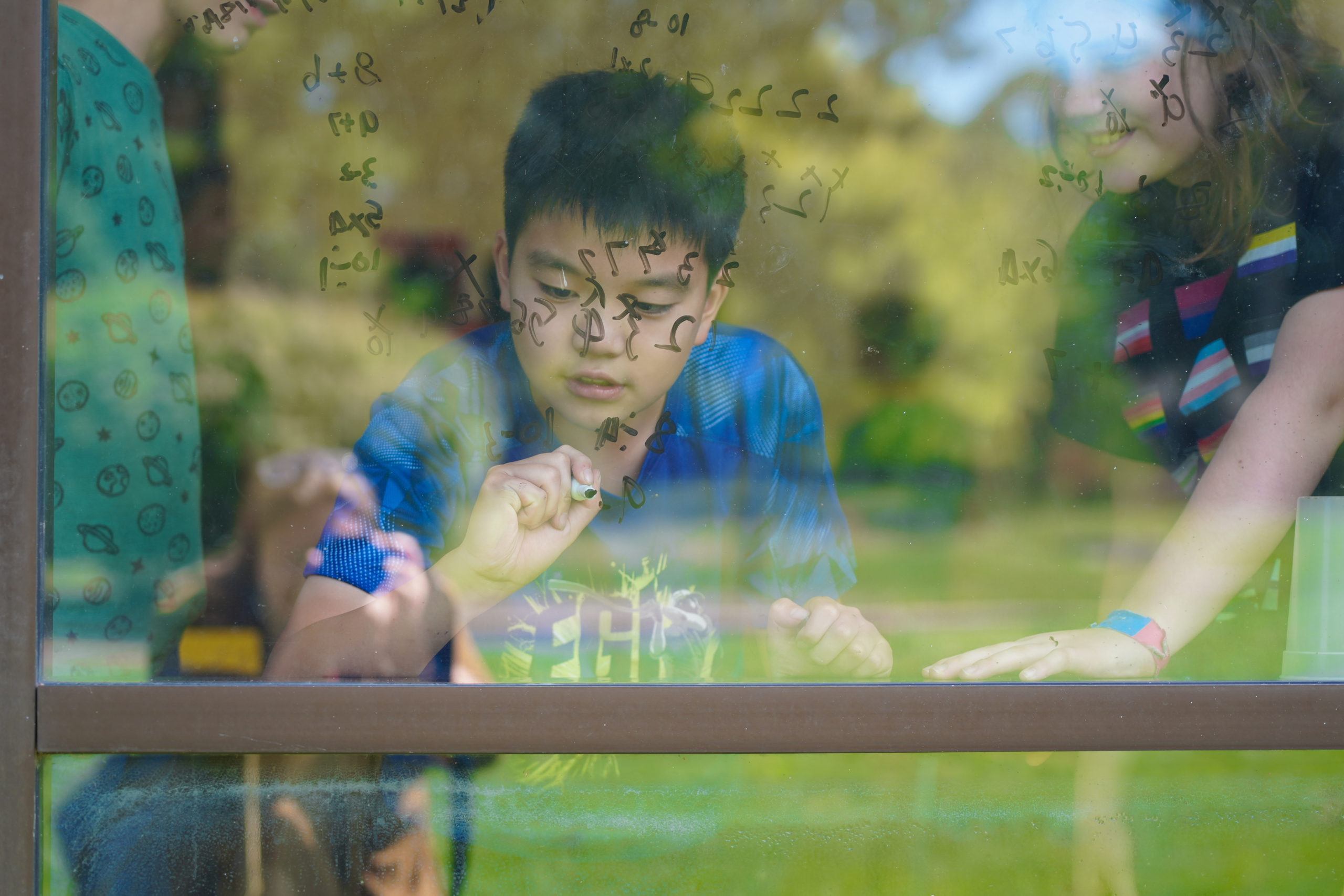
When students stand at whiteboards to work it promotes thinking in several ways. The non-permanent nature of whiteboards allows students to take more risks in their thinking. It’s easy to start over if their first try didn’t work out. They can erase or move to another section of the board. This helps students get started on tasks and also to persevere when they hit a roadblock.
Another benefit of this approach is knowledge mobility. Not only does information flow within each group, but it can move between groups. While we are working to understand the benefits of this, many students are having some difficulty getting past the idea that other groups are copying their ideas. We emphasize that collaboration is a good thing, and when we share ideas we learn from others’ perspectives and then build on them with our own strategies. From the teacher’s perspective, when students work on whiteboards it is much easier to see where every group stands and how they are progressing through the problem.
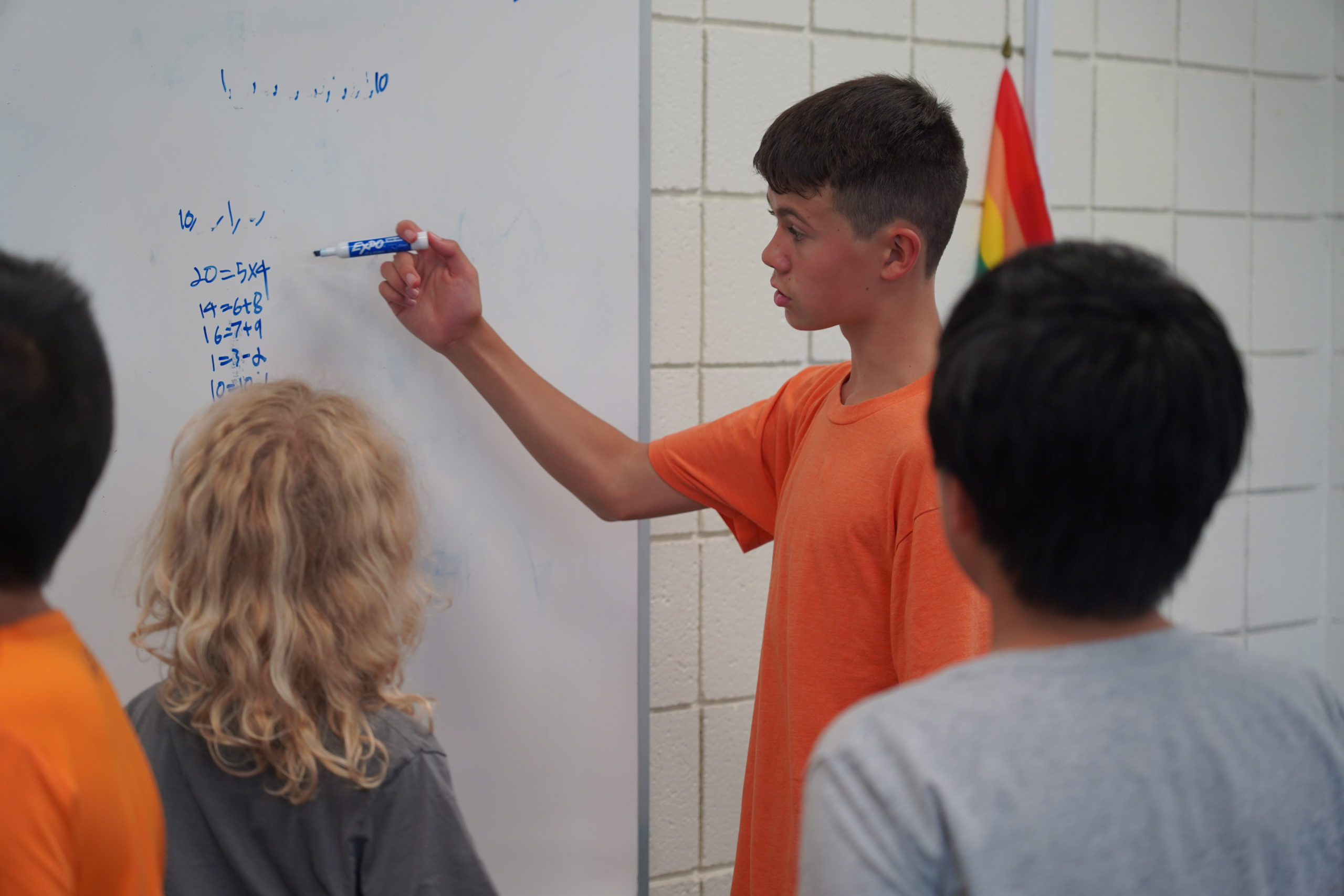
Each day students are assigned to random groups. Some teachers use name tags shuffled and placed on desks, some use popsicle sticks, and others use playing cards. These groups add a bit of excitement to the beginning of each class. “What number did I get?” and “Who will be at my table today?” are often heard as they enter the room. In addition to removing the decision of where to sit from the students’ load, randomly assigned groups help students step out of their comfort zone and fill different roles each day. The most significant benefit of random grouping, in my opinion, is the diversity of perspectives students are exposed to on a daily basis. Students are working with classmates they wouldn’t always choose to work with, which helps knowledge to be shared even further.
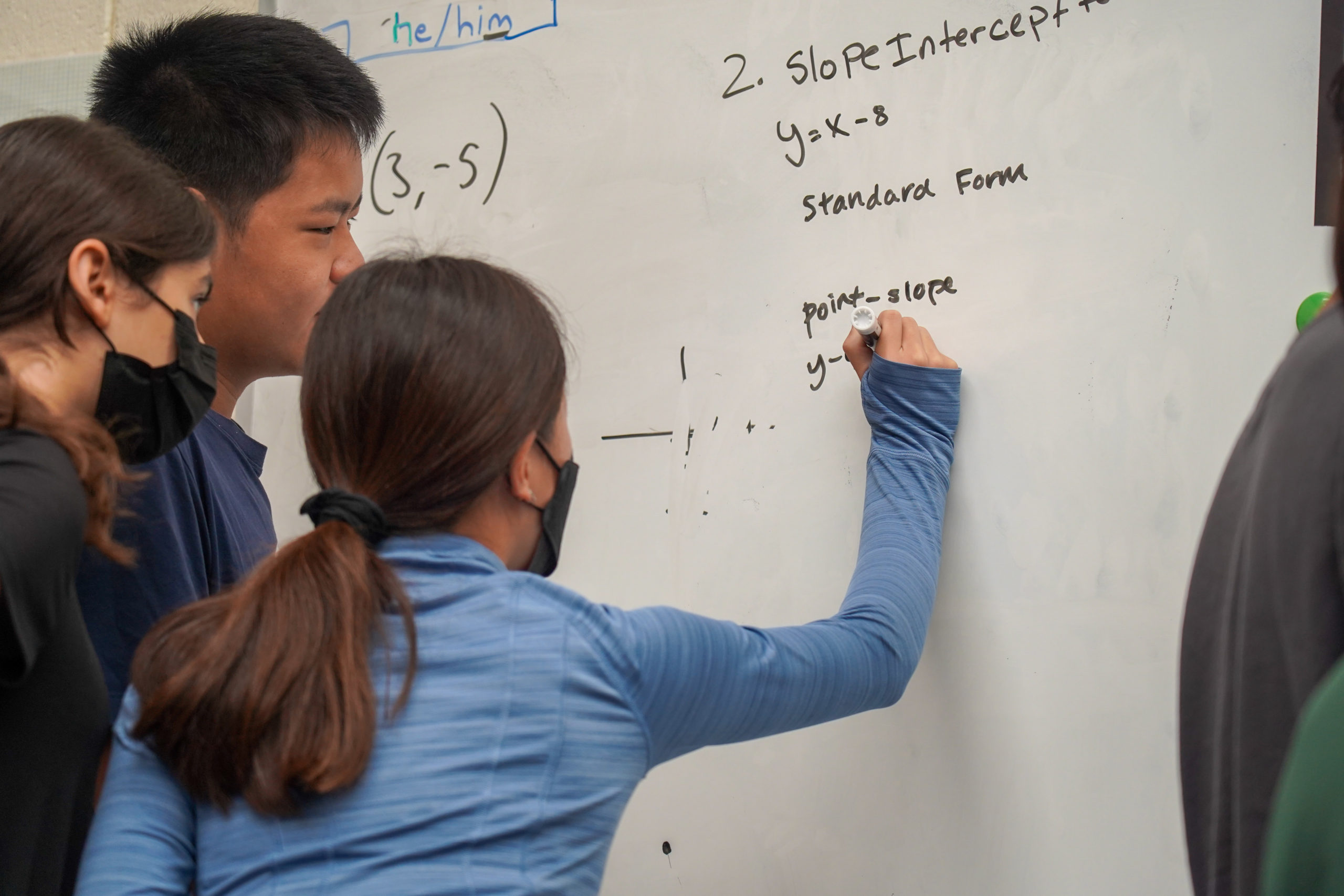
Students work in this way for the bulk of each class. I’ve had middle school students working for 40 minutes on a single task and begging for more time so they can finish. While we started the year with fun and interesting problems that weren’t directly related to the content of the class, carefully crafted problems lead students to engage and develop understanding of the curricular goals of each course. After collaborating on the tasks, students often consolidate their learning by writing “notes to their future forgetful selves.” Students take ownership of their learning and will therefore internalize the material with a greater degree of mastery and retention. The goal is to move toward learner-centered, deep mathematical thinking and is based on the idea that whoever is doing the thinking is doing the learning.
